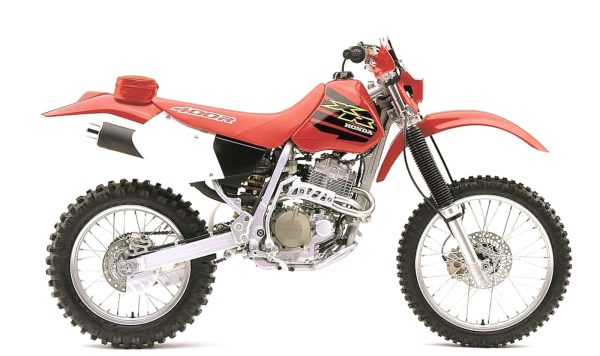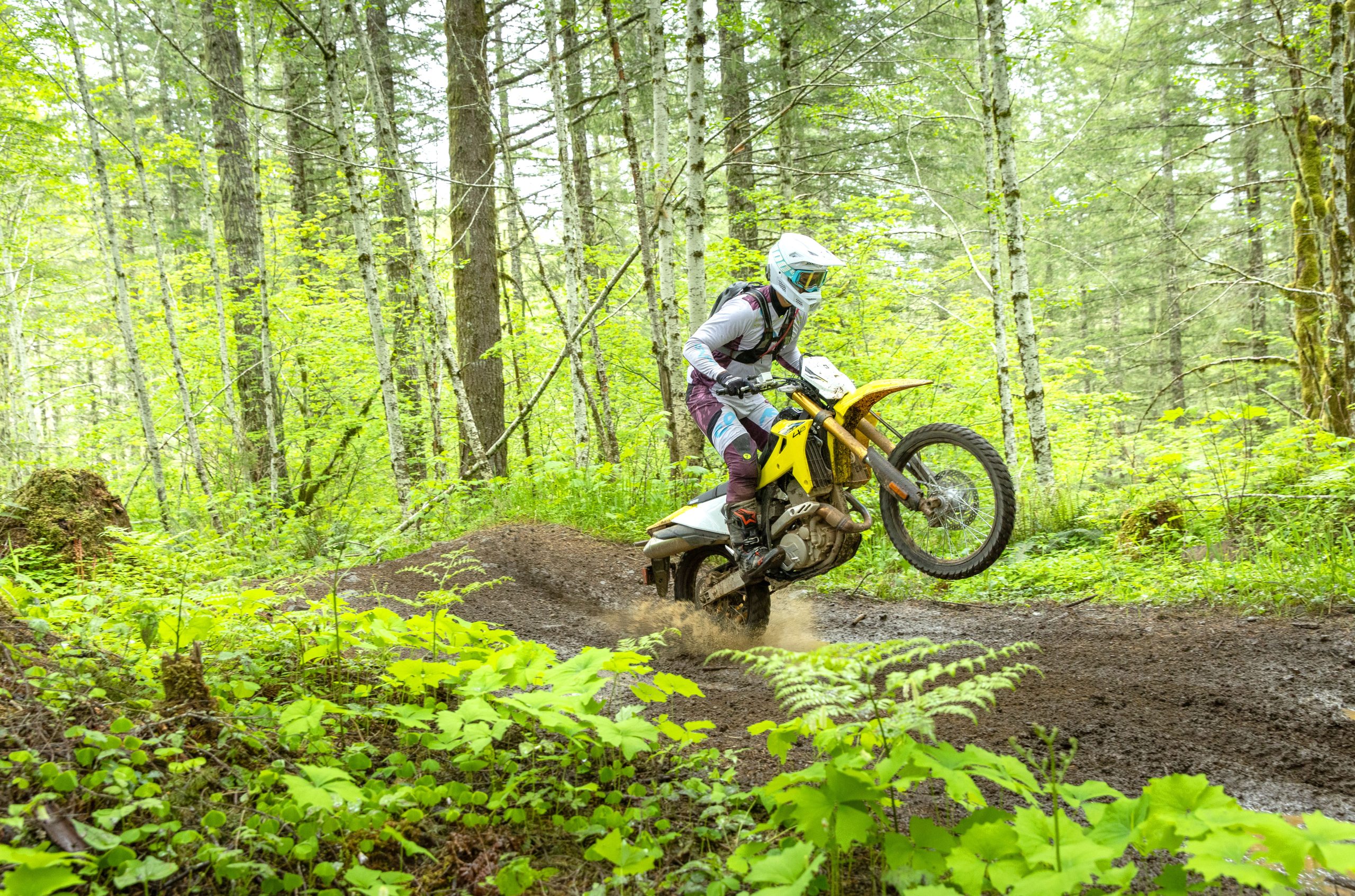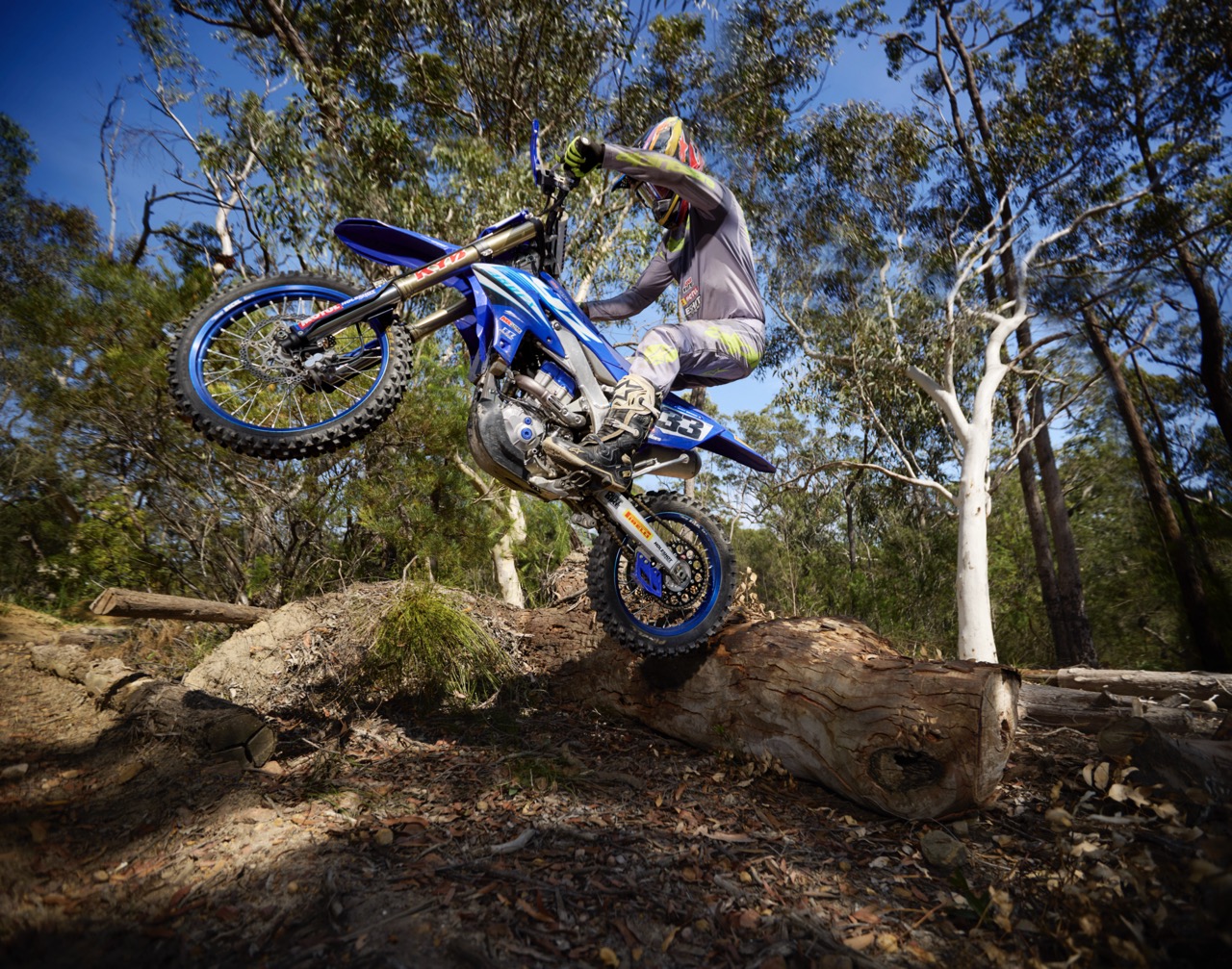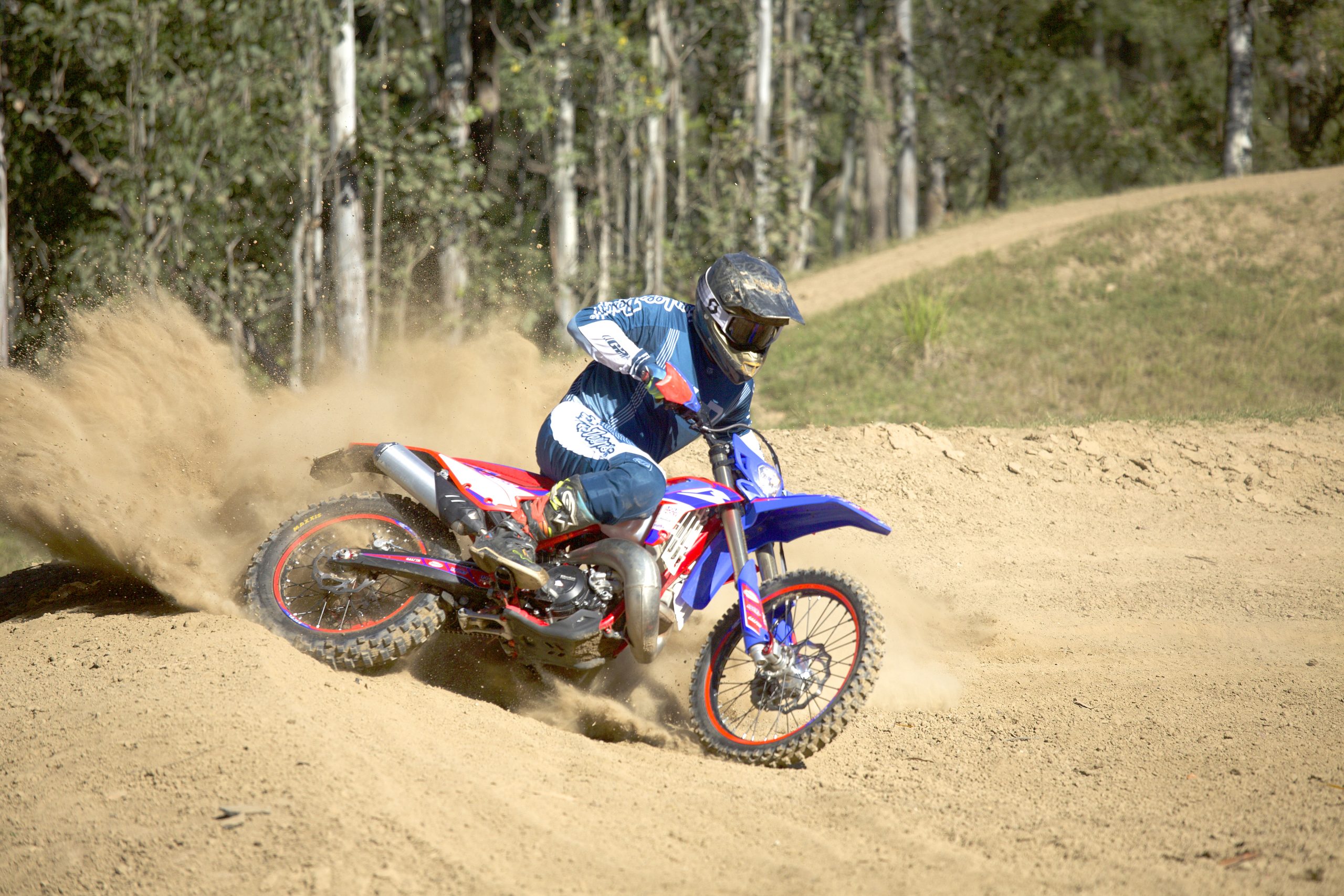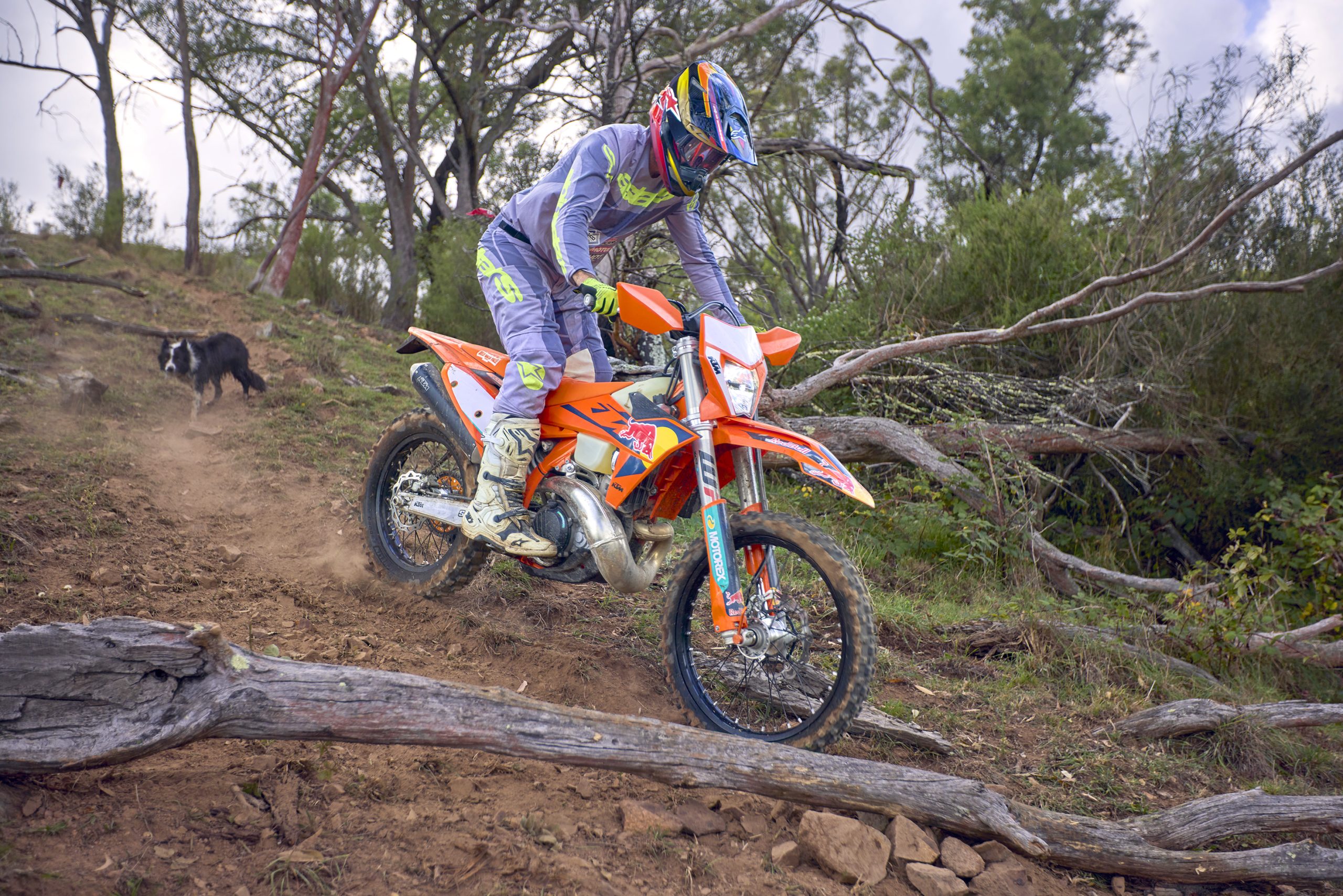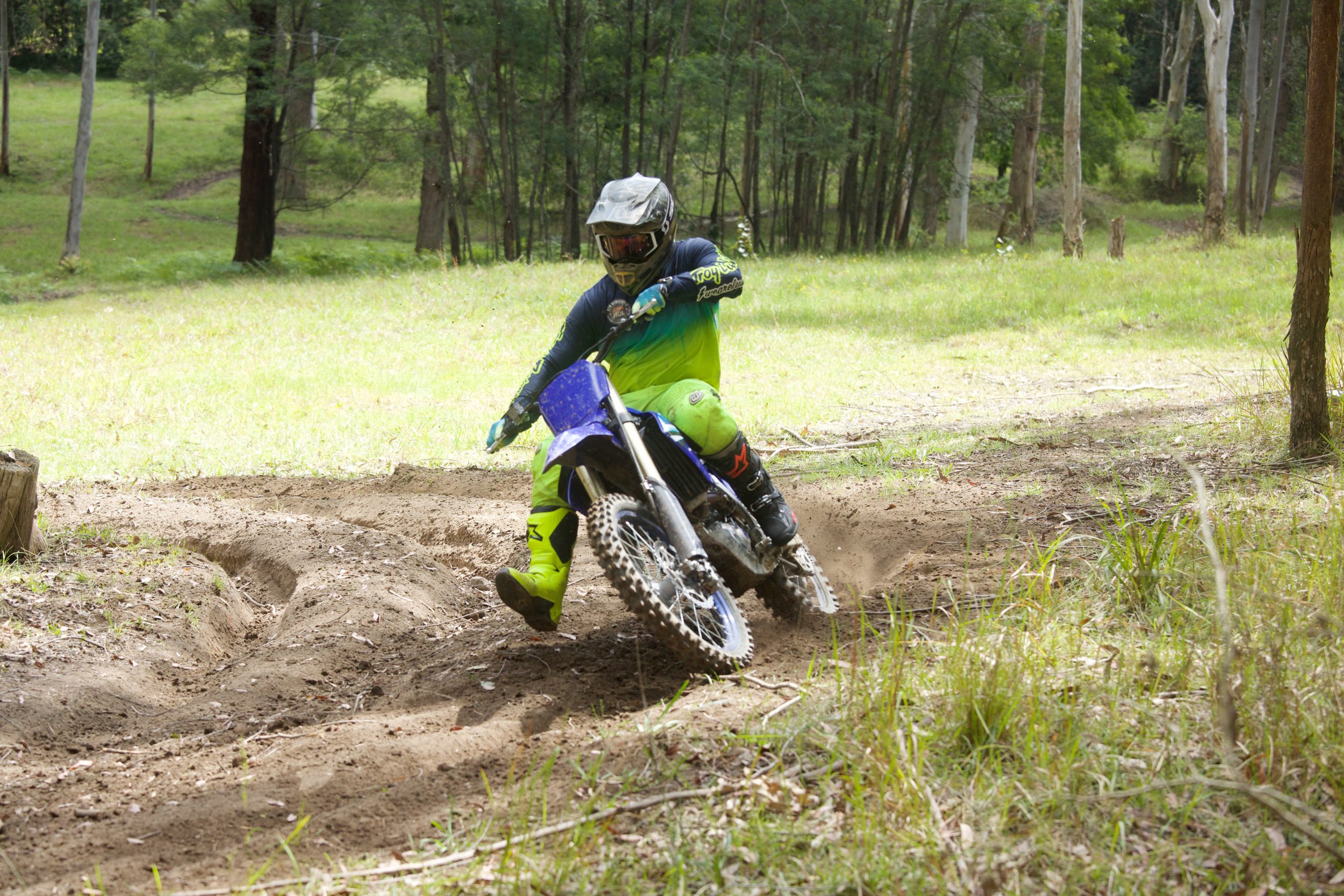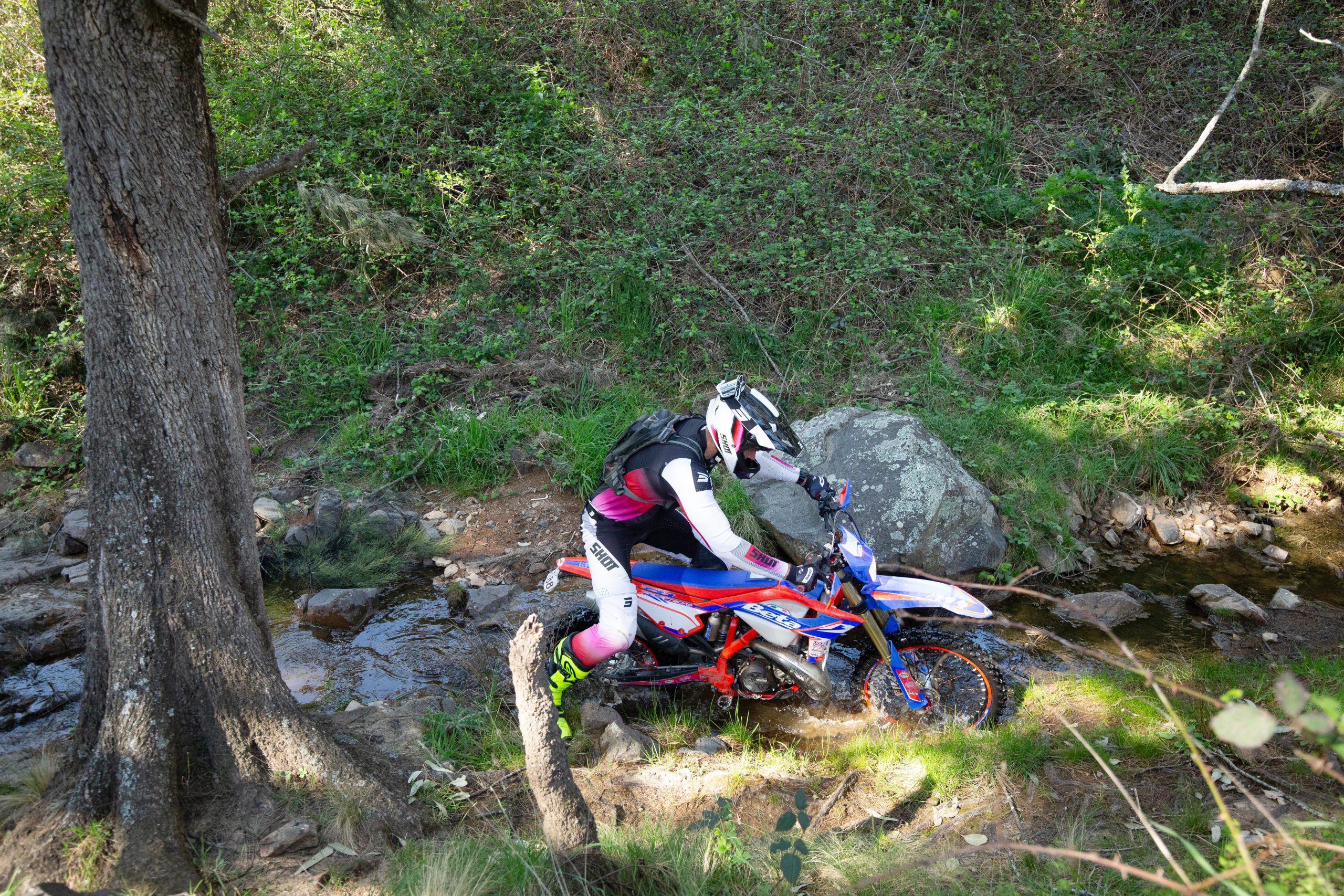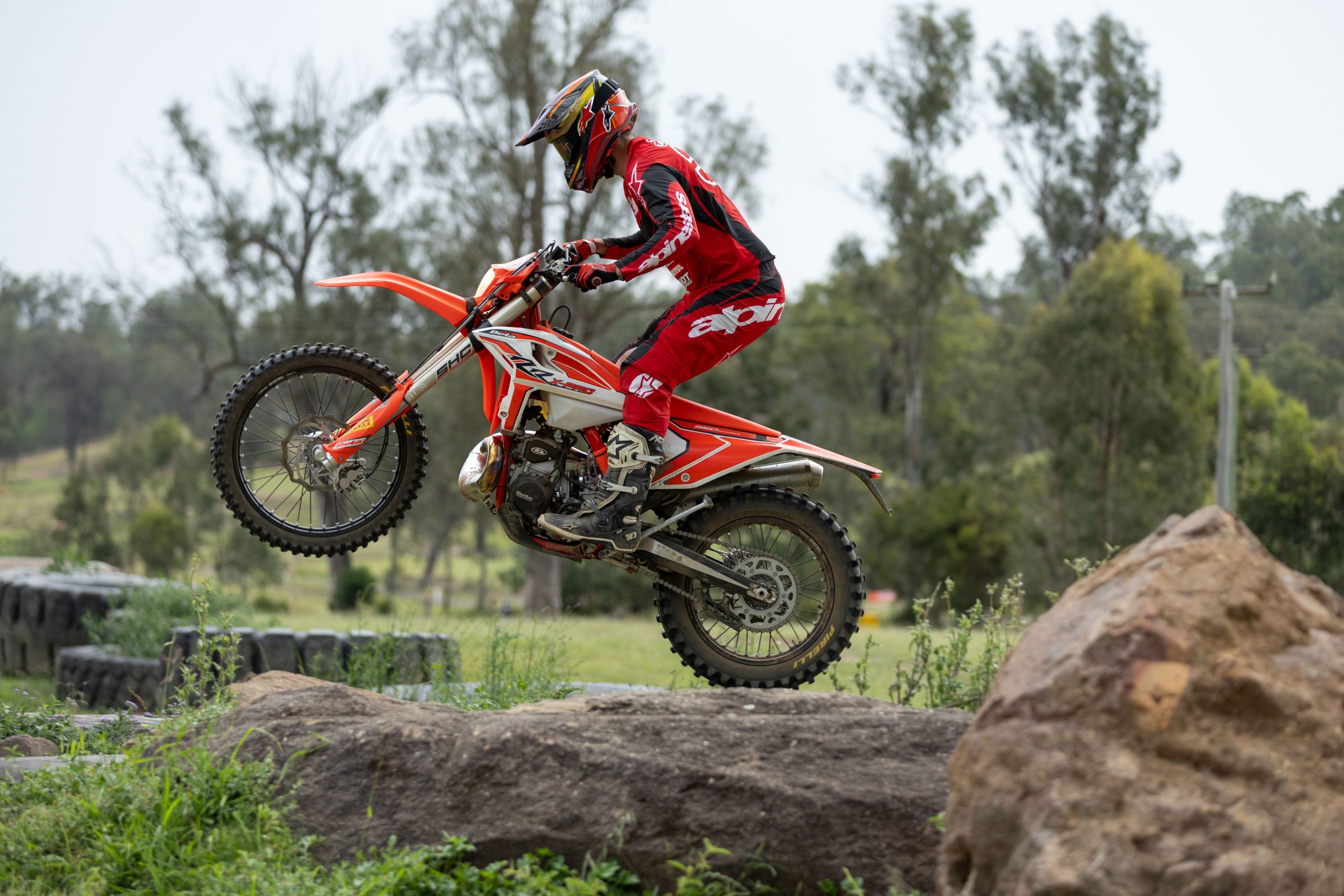The Yamaha WR426F came about after people criticized the WR400 for being under powered. Yamaha’s answer was to give the bike an extra 26cc. The Yamaha WR426F became an instant favourite amongst trail riders and silenced many critics.
The Yamaha WR426F has a single cylinder, water cooled, double overhead cam, five valve engine with the three inlet valves being titanium. The WR’s wide ratio gearbox made the bike capable of enduro riding as well as road use. It has a wet cable operated clutch and utilizes the frame as an oil tank to run a semi dry sump. This means that the filler plug and dip stick is in the top of the frame between the fuel tank and steering head.
To check the oil you must start the bike and run it for two minutes and then turn the bike off and check the oil using the dip stick. When filling the bike with oil you must also start the bike for a minute after filing the oil tank and then turn off the bike and pour in the remaining oil until you have filled the engine with 1.6 litres of oil.
Because the oil tank is located in the frame there are oil pipes that run up each side of the motor to the oil tank. These oil pipes are fixed to the motor by a 6mm threaded bolt and have a single o-ring sealing the pipe to the motor. These pipes often end up bent or out of shape and leak oil where they join to the engine. The trick to fixing them is to fit a slightly thicker o-ring and fit them with a small amount of silastic on the O-ring.
The other common oil leak on these bikes is people often over tightened the bolt in the bottom of the oil filter cover and stripped the thread. This would cause oil to leak from the bottom of the oil filter cover. The fix to this problem was to replace the thread in the motor with a helicoil.
These engines are tough but with a quick Google search you can find many pictures of them with broken valves that have demolished the piston and head. These bikes were not fond of being over revved or held flat out down the local freeway. Use them for what they are intended and they will be reliable.
The biggest problem that turned people off the Yamaha WR426F was starting them. There is a very specific technique to starting one and if you don’t have it right then you will struggle.
From dead cold you give the throttle two pumps and then don’t touch it again until the engine is running. Pull the decompressor in and wind the engine over a few revolutions. Then let go of the decompressor and push the kickstarter down until the kickstarter becomes hard and stops. Pull the decompressor in and wind it just pas this hard point.
This is the piston rocking over top dead centre. Let go of the decompressor and allow the kick starter to come all the way back up and then give it one big almighty kick. If you get this process right then the engine will fire straight up. If the engine has stalled then pull out the red hot start button and run through the process. If the engine is hot then you will not need to pump the throttle at all.
When buying one of these bikes second hand, check to make sure the valves aren’t leaking and that the engine has plenty of compression. If the engine is in good condition then it will be impossible for you to wind over the engine with your hand on the kickstarter without pulling in the decompressor lever.
Tech Editor Mat Boyd from Boyd’s Motorcycle Surgery
Market Equivalent
2002 KTM 450 EXC
$2,950 – $3,500
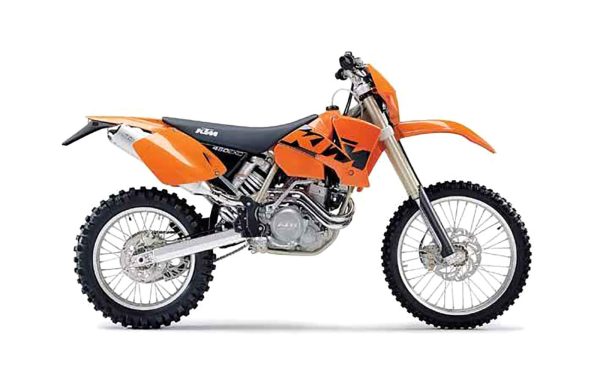
2001 – 2002 VOR 400E
$2,550 – $3,100
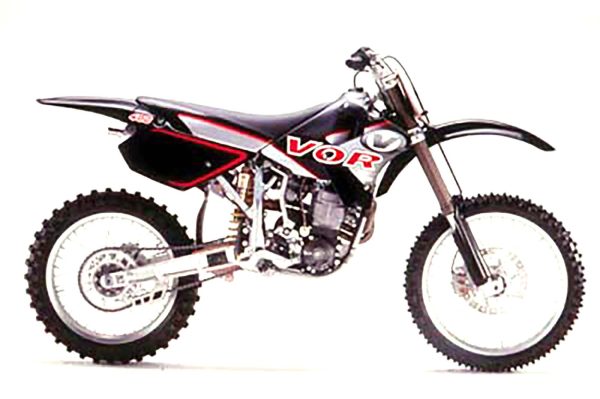
2002 Gas Gas FSE400
$2,500 – $2,950

2000 – 2002 Honda XR400R
$2,000 – $2,550
